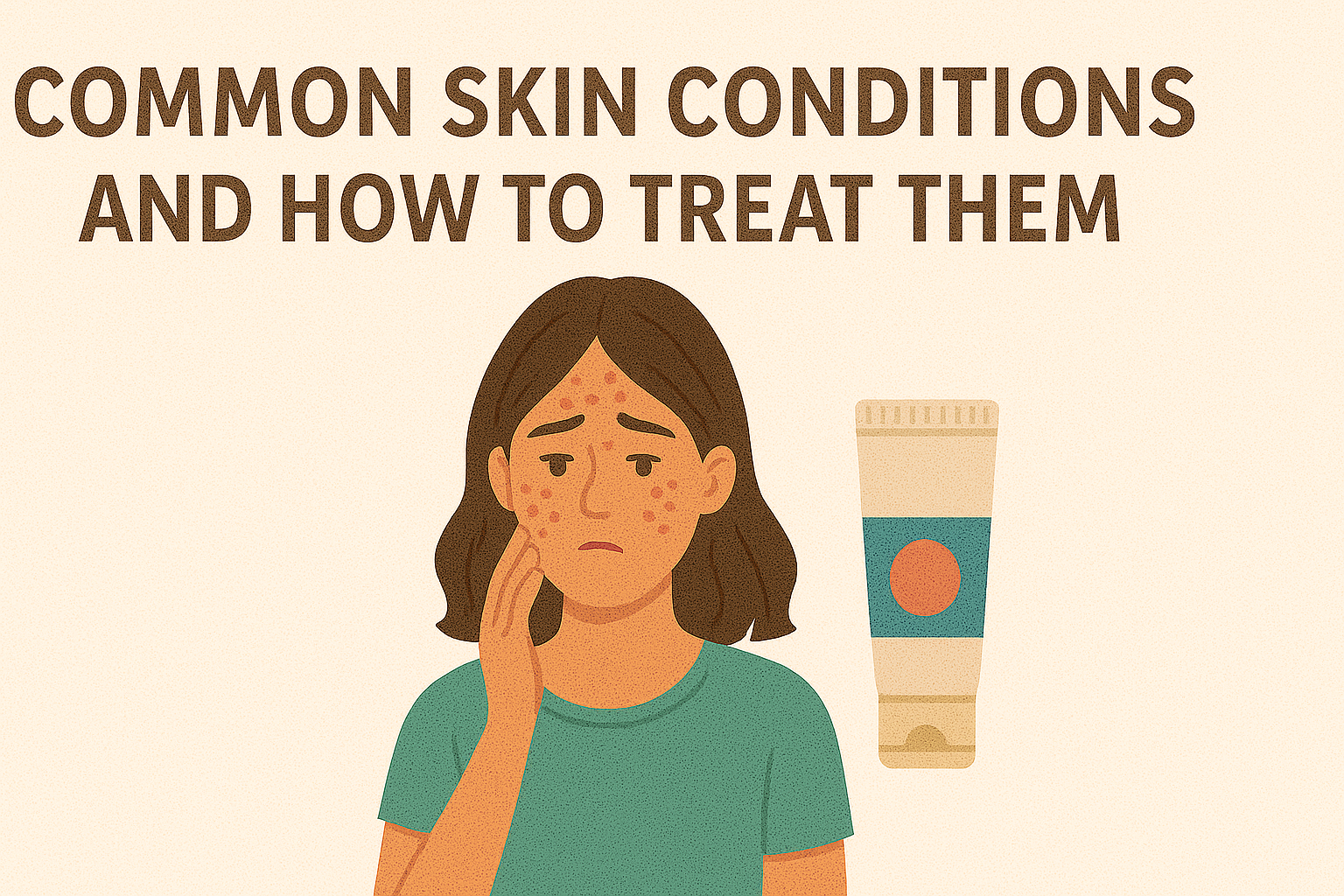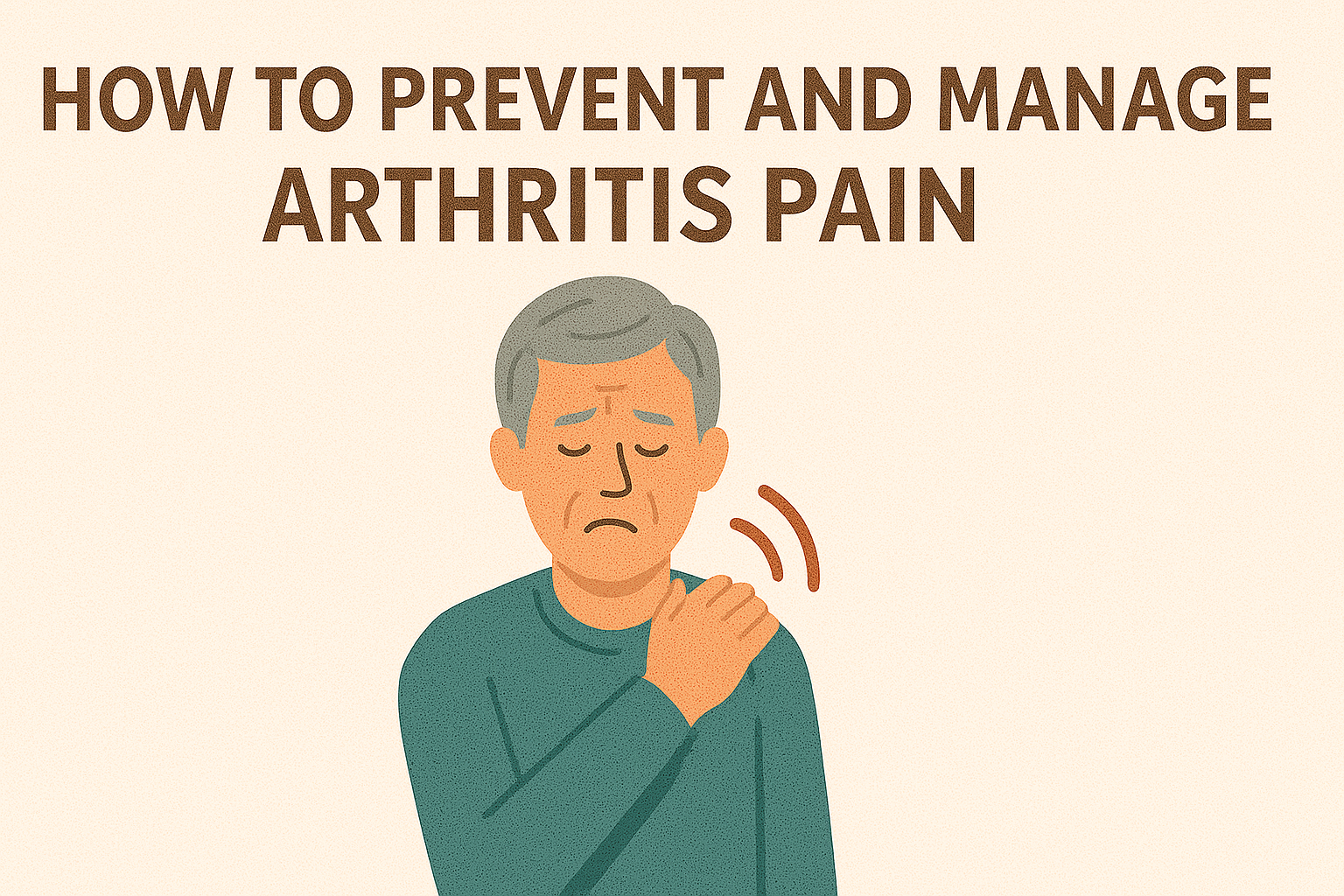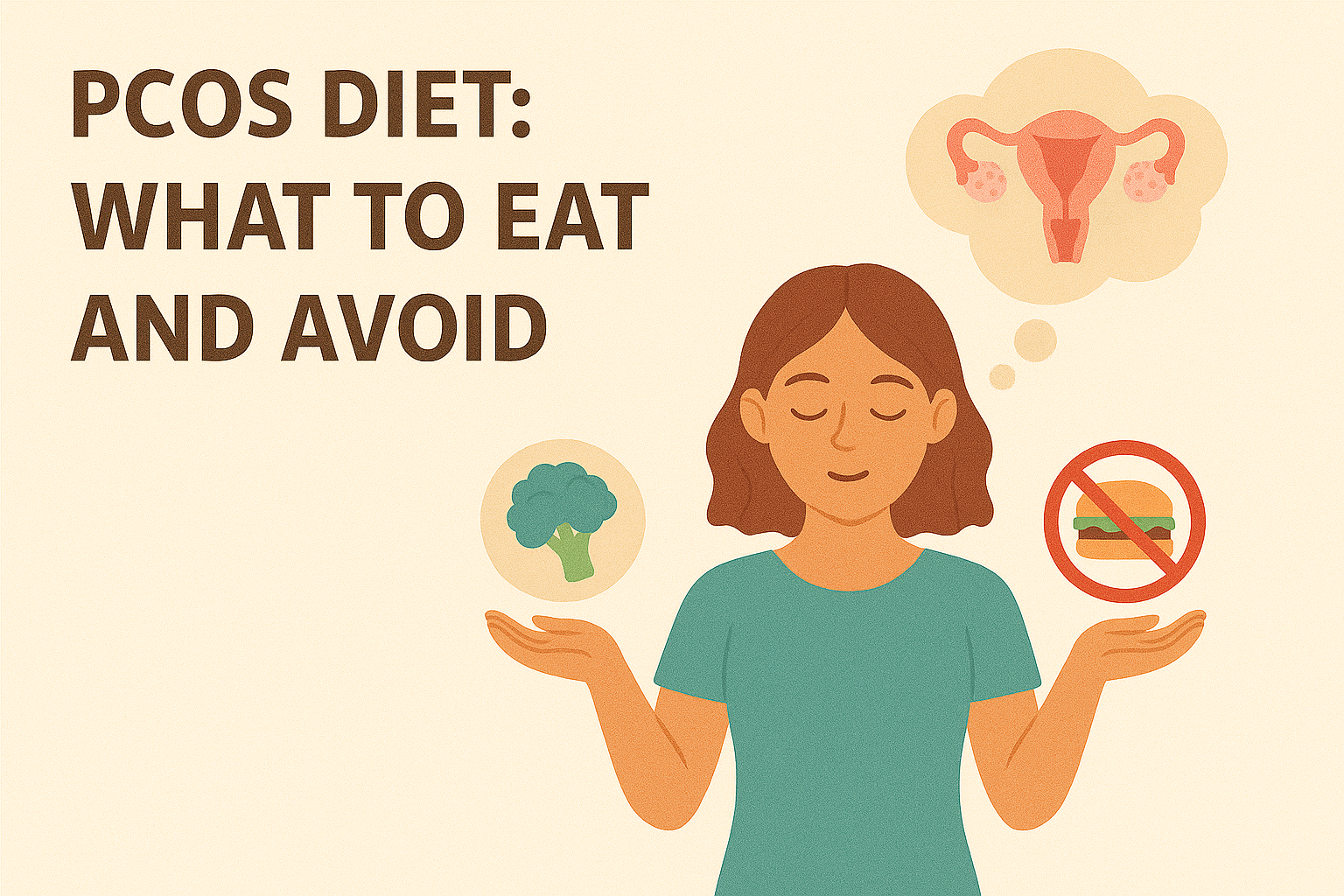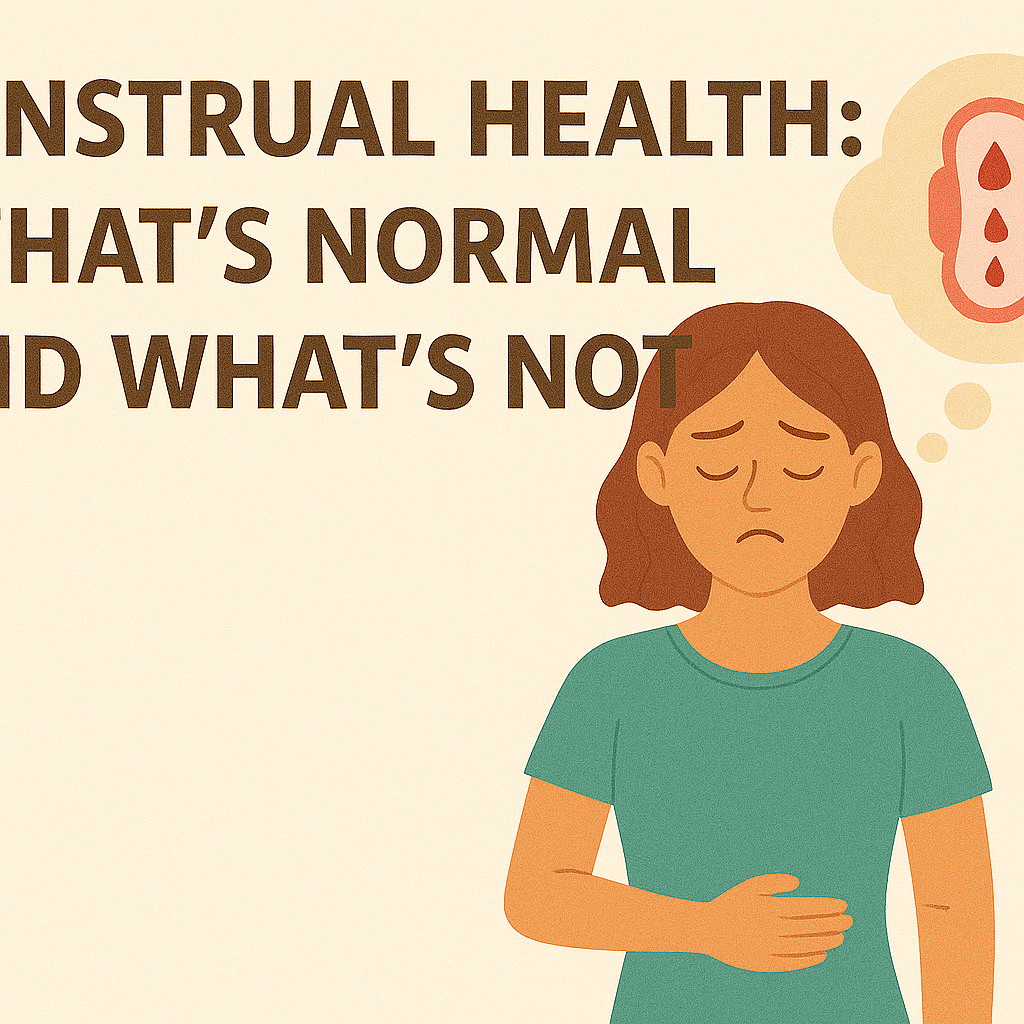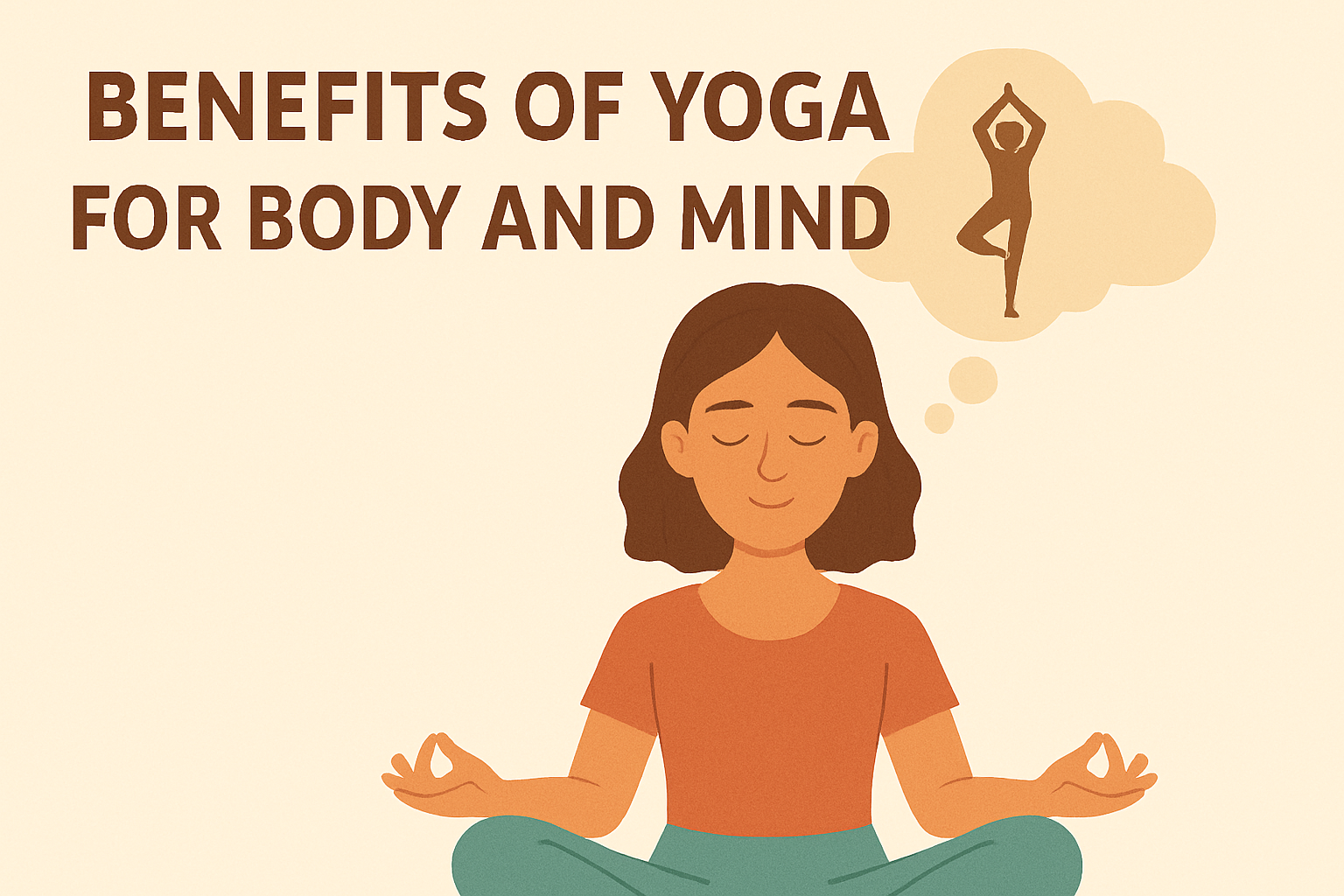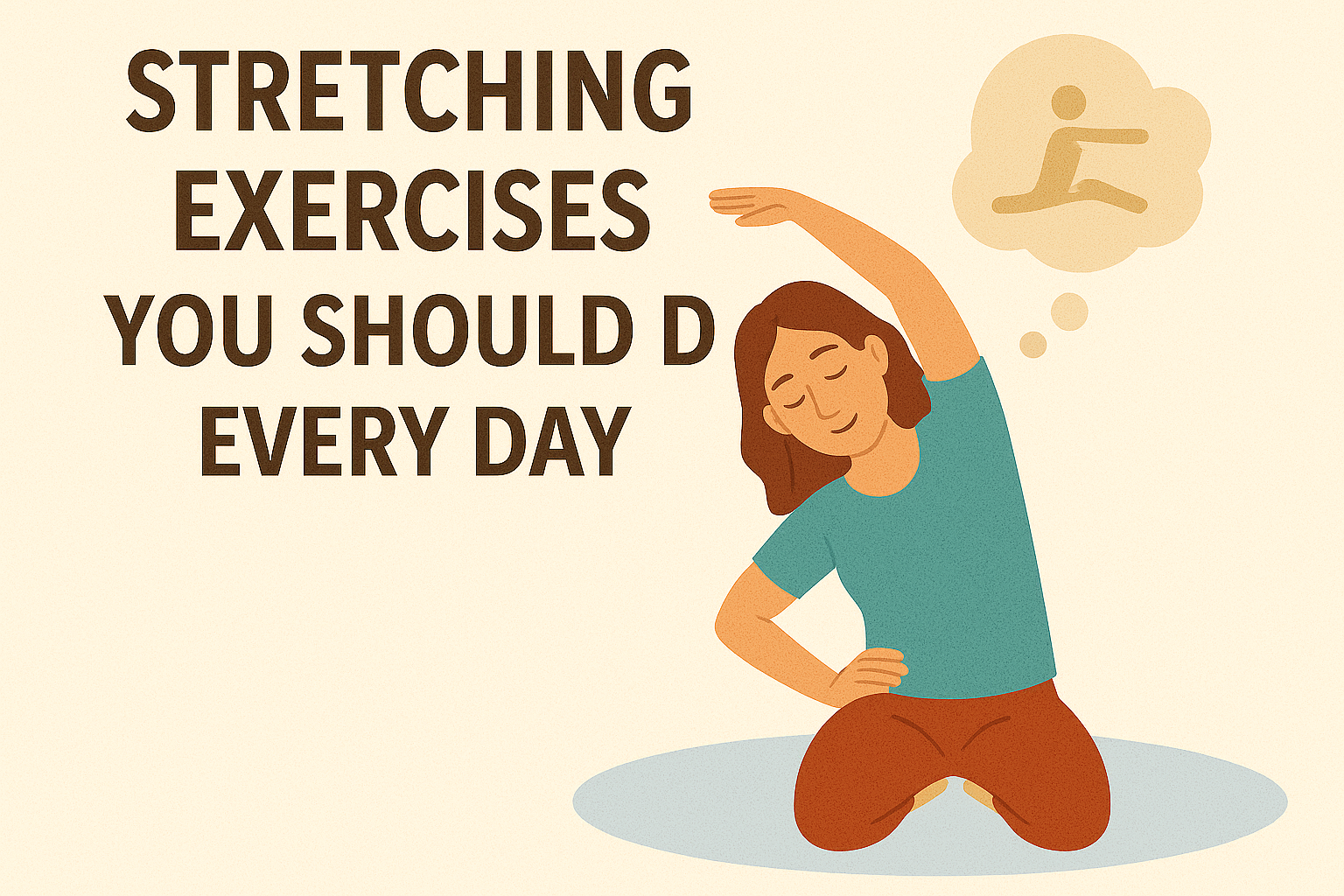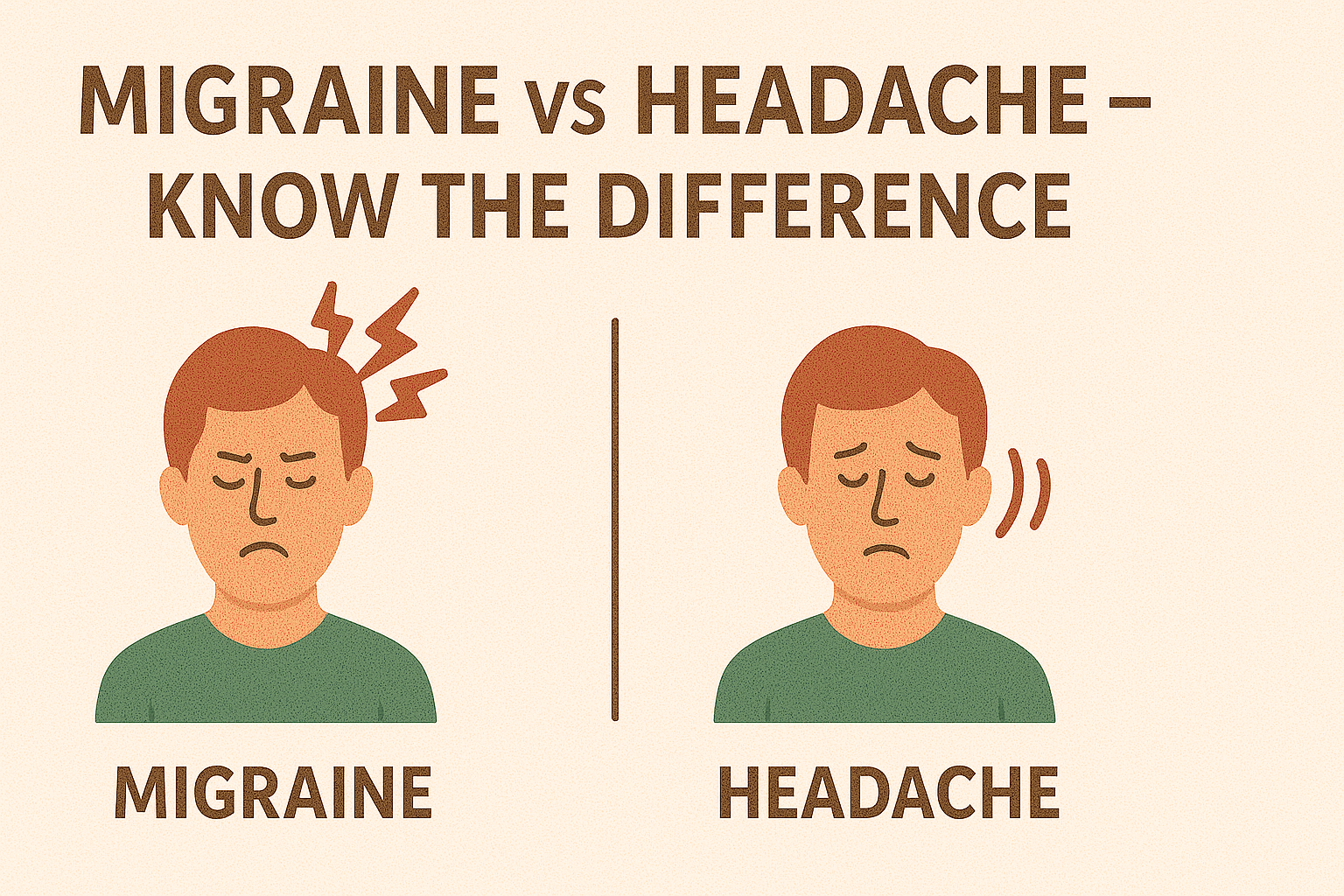
📌 Introduction: Migraine vs Headache – Why Knowing the Difference Matters Headaches are common — but not all head pain is the same. Some people deal with occasional tension headaches, while others suffer from intense migraines that disrupt daily life.
Understanding migraine vs headache is the first step to finding the right relief and avoiding unnecessary discomfort.
⚠️ What Is a Headache?
A headache is pain in any part of the head. It may affect:
-
Forehead
-
Temples
-
Back of the head
-
Entire head
Common Types of Headaches:
-
Tension Headache: Most common, often caused by stress or fatigue
-
Cluster Headache: Sharp pain around one eye, in clusters over weeks
-
Sinus Headache: Due to sinus infection, with facial pressure
🧠 Pain level: Mild to moderate
🕒 Duration: 30 minutes to several hours
😖 What Is a Migraine?
A migraine is a neurological condition with intense head pain, often on one side of the head. It’s usually accompanied by:
-
Nausea or vomiting
-
Sensitivity to light and sound
-
Visual disturbances (auras)
Phases of Migraine:
-
Prodrome: Mood changes, food cravings, fatigue
-
Aura (in some cases): Flashing lights, blurry vision
-
Attack: Throbbing pain, usually on one side
-
Postdrome: Exhaustion and brain fog
🧠 Pain level: Moderate to severe
🕒 Duration: 4 hours to 3 days
🔍 Migraine vs Headache – The Main Differences
| Feature | Headache | Migraine |
|---|---|---|
| Pain type | Dull, steady | Throbbing, pulsating |
| Pain location | Both sides of the head | Usually one side |
| Duration | 30 mins – few hours | 4–72 hours |
| Other symptoms | Rare | Nausea, aura, light sensitivity |
| Physical activity effect | May help | Makes it worse |
| Cause | Stress, poor posture | Neurological, hormonal, triggers |
🚨 Common Triggers for Migraine
-
Skipping meals
-
Bright lights or loud noise
-
Hormonal changes (in women)
-
Stress or lack of sleep
-
Certain foods: chocolate, cheese, wine
-
Caffeine withdrawal
📌 Tip: Keep a headache journal to identify your triggers.
🩺 How to Treat and Prevent Both
For Headaches:
-
Stay hydrated
-
Take over-the-counter painkillers (e.g., paracetamol)
-
Rest and relax your neck muscles
-
Use a cold or warm compress
For Migraines:
-
Rest in a dark, quiet room
-
Use prescribed medications (triptans, anti-nausea)
-
Avoid known triggers
-
Practice stress management (meditation, yoga)
👩⚕️ When to See a Doctor
Seek medical help if you:
-
Experience severe pain suddenly
-
Have frequent migraines
-
Notice new or worsening symptoms
-
Have visual disturbances or slurred speech
✅ Conclusion: Don’t Confuse a Headache with a Migraine
Understanding migraine vs headache helps you treat the right condition the right way. If your head pain is intense, recurring, or comes with other symptoms, consult a healthcare provider.
🎯 The sooner you identify the difference, the better your chances of long-term relief.
You Will Also Like This
High Blood Pressure: Causes, Symptoms, and How to Control It
